Your project is titled “Frailties.” What does this word mean to you in the context of your photographic practice?
We tend to imagine that photography represents reality as it is. We forget that it is a medium—that the image appears on a surface that can sometimes be frail. By working with film, this is what I try to show: that the reflection of reality is tinged with fragility and aberrations. This is precisely what, in my opinion, makes analog photography so appealing and sensitive—as if it were a metaphor for the vulnerability of our reality and our memories; an ethereal glimpse of ephemerality.
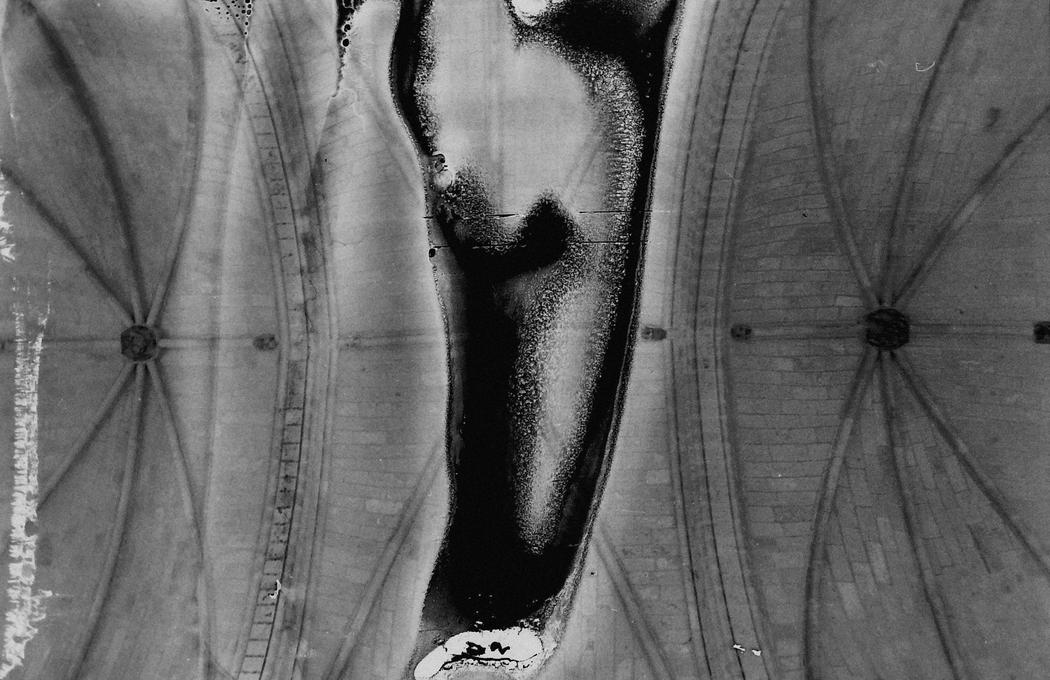 Marie Goehner-David | Frailties | 2024
Marie Goehner-David | Frailties | 2024
You mention “carelessness or impatience” and “deliberate mishandling.” How do these gestures play into your process of image creation?
I have always been impatient in the darkroom, which has resulted in many surprises—sometimes bad ones, but most of the time good ones. This led me to place the photographic material itself at the heart of my process. Today I enjoy it and deliberately make mistakes to show how photography can express reality in its own way, without trying to imitate the human gaze—in simple terms, how photography can create its own reality.
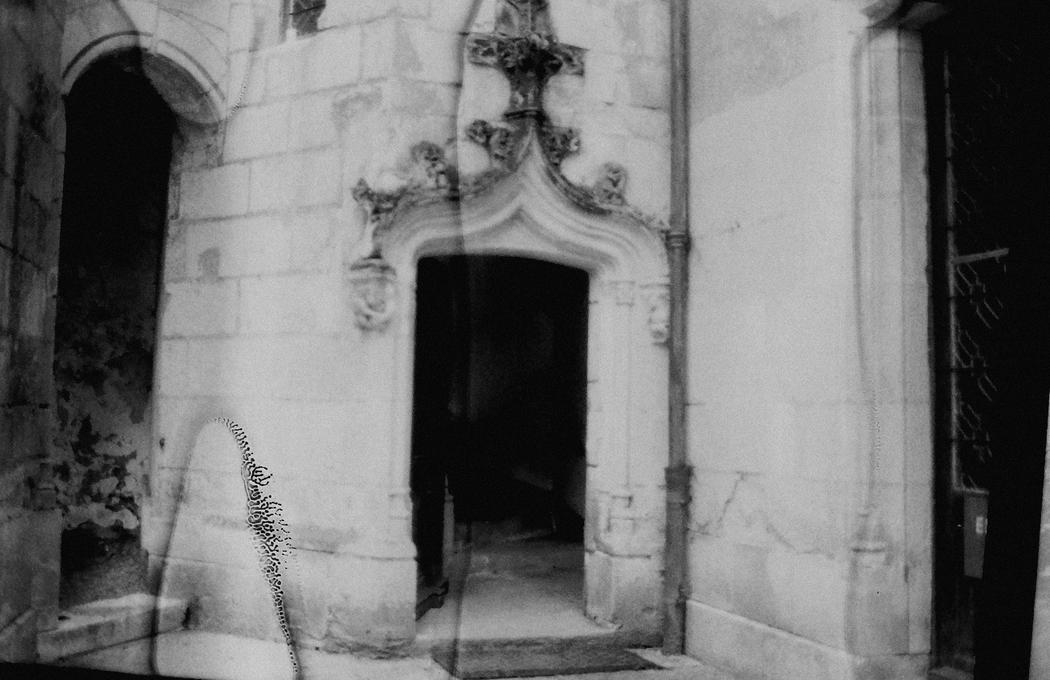 Marie Goehner-David | Frailties | 2024
Marie Goehner-David | Frailties | 2024
What draws you to analog techniques in a digital era, and how do you view their place in contemporary art?
Digital technology has reached such a level of technical perfection that, in my opinion, images are often so polished they no longer catch the eye. Proof of this can be seen in apps such as Instagram, which helped launch the trend for vintage filters. Of course, you can retouch images and add your own touch with digital processes, but analog lets you return to the heart of the process: loading the film, advancing it, developing it, and watching the images appear. You reconnect with the magic of the medium.
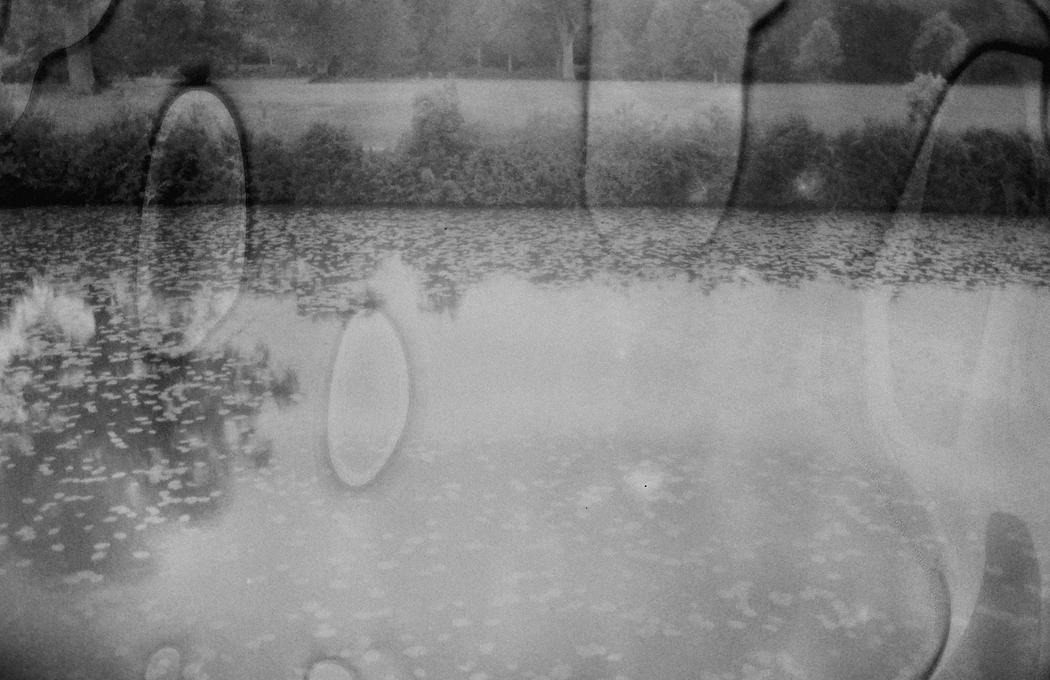 Marie Goehner-David | Frailties | 2024
Marie Goehner-David | Frailties | 2024
Could you describe a moment in the darkroom when an unexpected chemical reaction led to a powerful result?
About ten years ago, I was developing photos I had taken in Luxembourg. When I printed them, I was disappointed because I noticed odd anomalies and streaks under the safelight: the developer I had used had expired. Once I let daylight into the room, I took another look at the images and changed my mind. I was captivated by the result: “simple” landscapes had become evanescent, like a fading memory. I found it poetic, and it marked a turning point in my approach to film development.
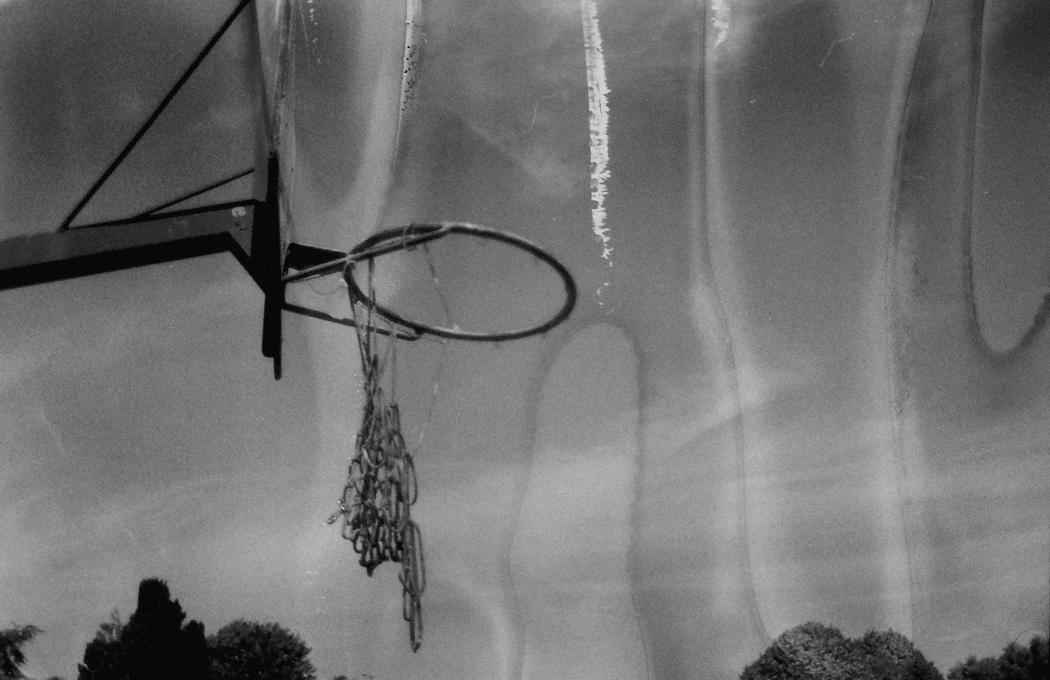 Marie Goehner-David | Frailties | 2024
Marie Goehner-David | Frailties | 2024
How does your background in critical writing and academic research influence your artistic work?
To be honest, it was the writing of a dissertation and then a thesis on the link between reality and photography that led me to these experiments. Before that, my practice had no clear direction. This detour into writing and theory deeply nourished my thinking—especially my research into early retouching techniques, which inspired me to work directly on negatives.
Do you see your photographs more as documentation, experimentation, or as visual poetry?
It can serve as documentation, as long as we are aware of its limitations. However, in my case, these are definitely experiments around memory, time, and space, leading to visual poetry.
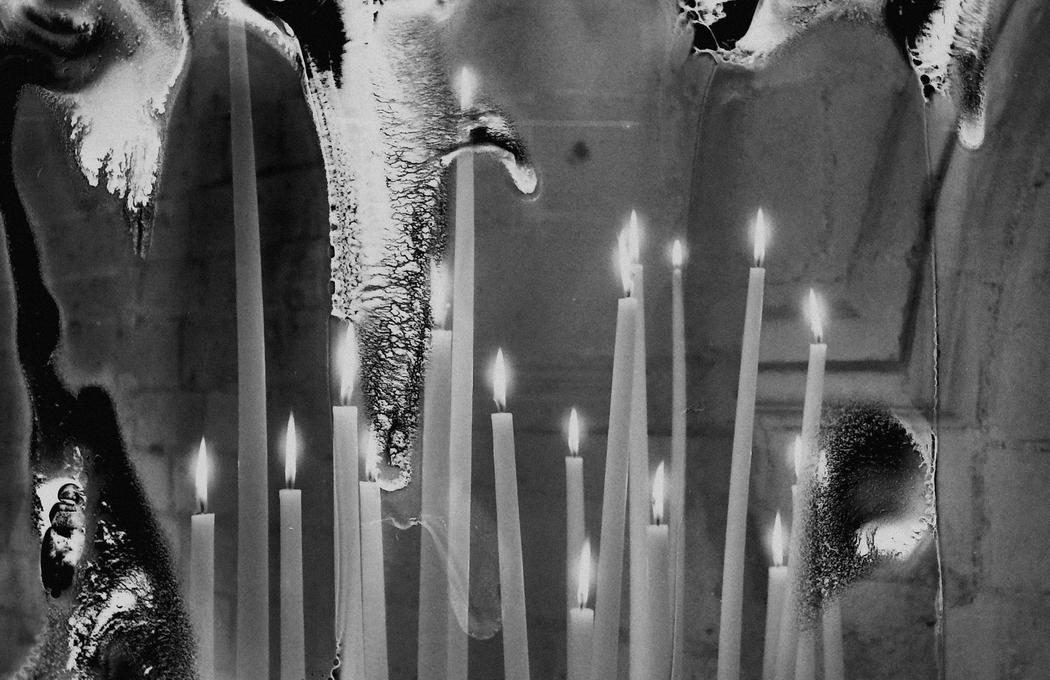 Marie Goehner-David | Frailties | 2024
Marie Goehner-David | Frailties | 2024
What role does the notion of accident or unpredictability play in your work?
A central one: I don’t want to see only what my eyes see, but all the ways the emulsion does. Accident is a reminder that we don’t see everything and cannot control everything—and that sometimes this is what leads to beauty, in every sense of the word.


0 comments on “Marie Goehner-David”